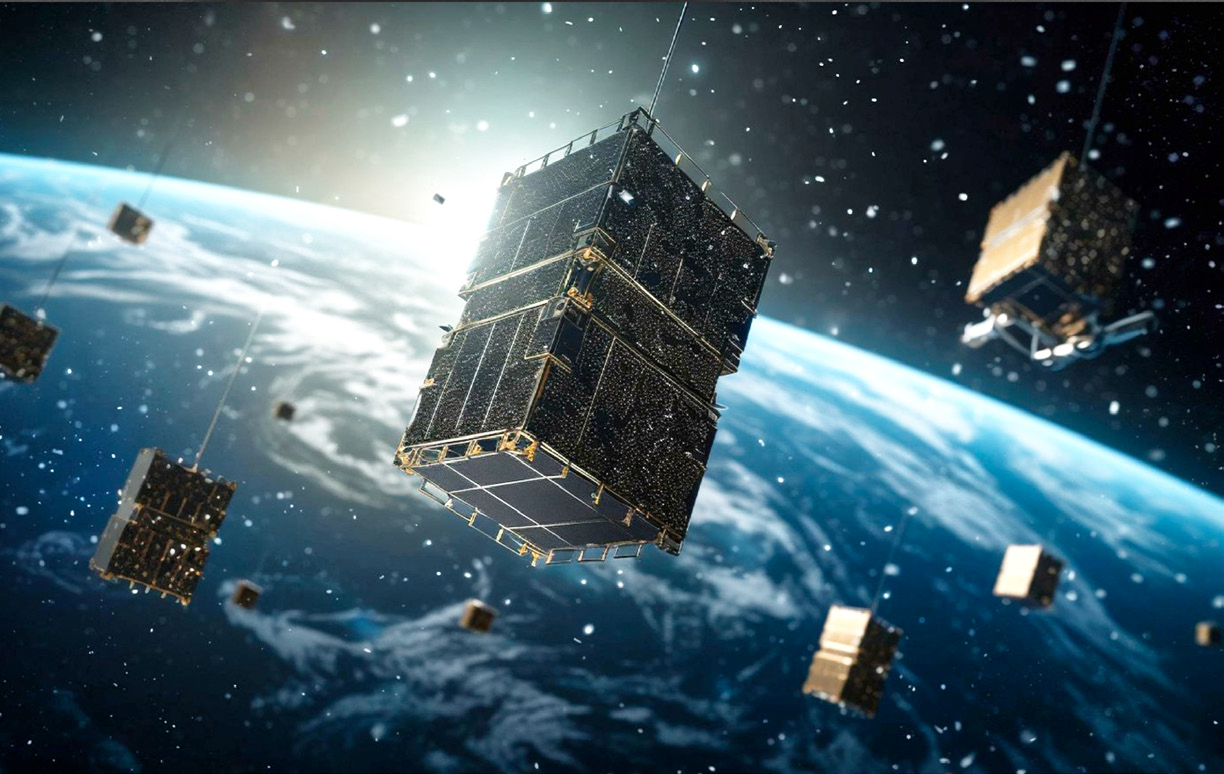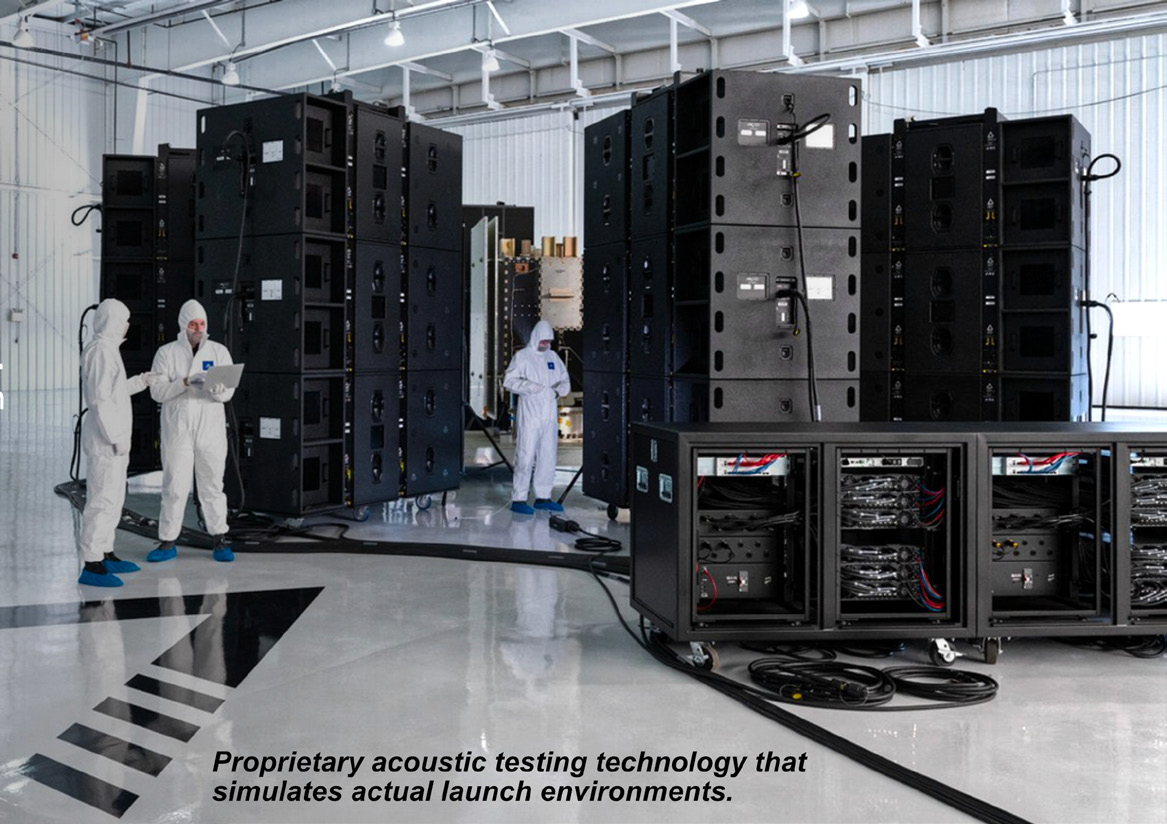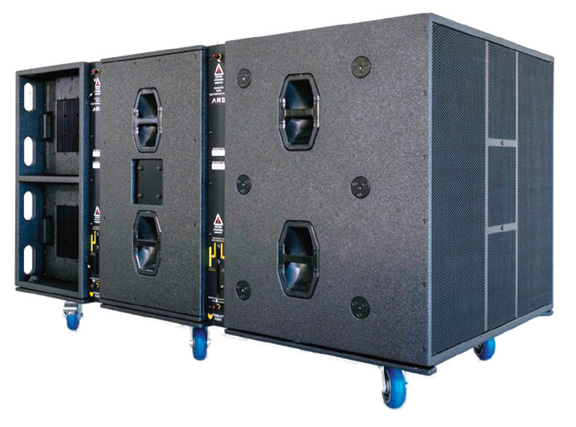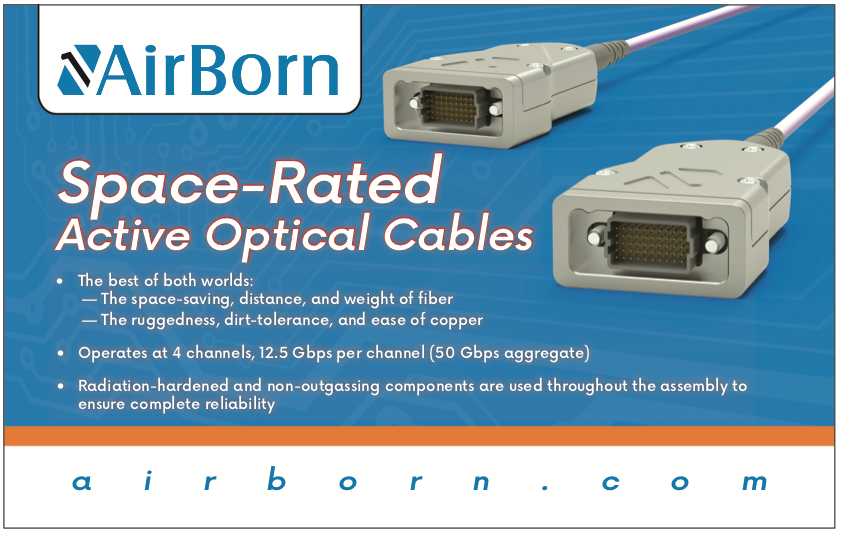The space industry is in the midst of an extraordinary transformation, with a remarkable surge in the development and deployment of small satellites (smallsats), often referred to as cubesats, or nanosatellites. These compact satellites are revolutionizing the ways we can explore and use space, with applications ranging from Earth Oobservation (EO) to communications and scientific research.

One of the key factors driving this small satellite boom is the substantial innovation and progress in rocket safety and testing technologies, such as acoustic testing.
The Rise Of Smallsats
Smallsats, which typically weigh no more than a few pounds, are gaining increasing popularity for their utility and ease of use. Their compact size, comparative affordability and versatility make them an ideal choice for a number of space-related missions.
Cubesats, in particular, have become the main focal point for this emerging trend. These standardized, highly-modular satellites are easily customizable to meet specific mission requirements and their cost-effectiveness has democratized space access. This has allowed a broader swathe of organizations, such as universities and startups with more limited resources, to participate more actively in space exploration.
Applications Abound
The increasing significance of smallsats is not limited by domains and includes a number of applications across a wide spectrum of field such as, for example, EO — small satellites equipped with high-resolution imaging sensors are instrumental in monitoring climate change, assessing natural disasters and tracking environmental changes with precision.

• Communication – the deployment of constellations of small satellites in LEO has paved the way for improved global internet connectivity. Companies such as SpaceX’s Starlink and OneWeb are already providing high-speed internet access to underserved regions worldwide. Amazon’s Kuiper project will also increase global broadband access.
• Scientific research – small satellites are increasingly used in scientific research missions, enabling the study of celestial phenomena such as cosmic radiation and space weather. Their cost-effectiveness allows scientists to launch multiple missions, leading to a better understanding of the cosmos.
• Technology demonstration – cubesats serve as testbeds for new technologies, allowing for rapid prototyping and experimentation, accelerating the development of New Space technologies.
The Importance Of Acoustic Testing
As smallsats continue to proliferate and diversity in their applications, the importance of reliable and efficient testing becomes paramount, especially given importance of reliable and efficient testing becomes paramount, especially given that more than 90% of smallsats are currently not acoustically tested.

Customization is also key, allowing for the specific needs of highly-sensitive indsturments or high-value payloads, while acoustic testing has evolved to reduce launch costs significantly.
Above all, considering the harsh environment and stressors of a rocket launch, small satellites must be robust to survive and function as intended, and rigorous acoustic testing guarantees reliable launch systems, reducing the risk of mission failure.
The Future Of Smallsats
The small satellite revolution is just at the start of its trajectory and will only accelerate during the coming years. As acoustic testing technologies continue to evolve, even more robust, scalable solutions will be available to entities seeking increased confidence in on-orbit performance through better ground-based testing.

Trends and innovations such as smaller launch vehicles specifically designed for cubesats are in development, promising even more cost-effective and flexible launch options. Even more ambitious plans, such as on-orbit servicing for satellites and interplanetary missions, will be well-served by rigorously-tested, advanced, propulsion systems.
Overall, the smallsat revolution is reshaping the landscape of space exploration and utilization. From EO to global connectivity, small satellites are making space more accessible and relevant to a broader range of stakeholders.
At the heart of this transition is acoustic testing, continually innovating to provide efficient, reliable and cost-effective launch solutions.
www.acousticrs.com


